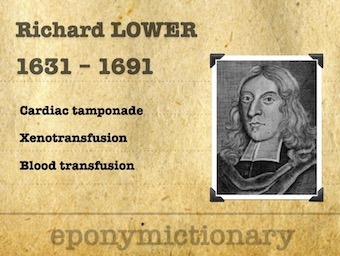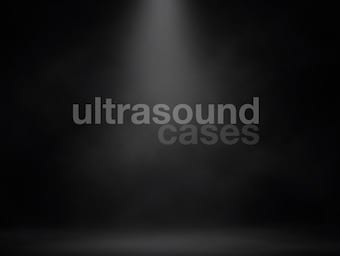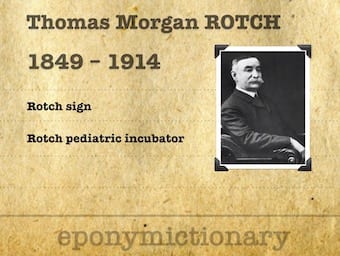
Edgard Hirtz
Edgard Hirtz (1849 - 1916) was German born, French trained physician. Hirtz Sign (1911) ore knee-chest position in pericardial effusion

Edgard Hirtz (1849 - 1916) was German born, French trained physician. Hirtz Sign (1911) ore knee-chest position in pericardial effusion

Leopold Auenbrugger von Auenbrugg (1722 – 1809). Austrian Physician who described the use of chest percussion in the diagnosis of respiratory disease.
Biography Born 26 October 1654 Died 20 January 1720 Medical Eponyms Sign Key Medical Attributions Commotio cordis (1707) Sic olim vidimus, inflicto vehementer pugno sub cartilagine mucronata, vitae nodum ex tempore solutum; nimirum quod eo loci una conuenivnt, valideque per…

Pierre Félix Merklen (1852 - 1906) was a French physician and cardiologist.

Friedrich Ludwig Kreysig (1779 - 1839) was a German physician and botanist. Described the Heim-Kreysig sign (1816)

Ernst Ludwig Heim (1747 - 1834) was a German physician and naturalist. Heim-Kreysig sign (1816) adherent pericarditis
Auguste-Nicolas Gendrin (1796 - 1890) was a French physician.

Richard Lower (1631 - 1691) was an English physiologist. Early descriptions of cardiac tamponade, pericarditis, blood transfusion, xenotransfusion

A 68 year old male presents 2 weeks post coronary artery bypass grafting. He describes continuing chest wall pain, increasing shortness of breath and poor exercise tolerance. You wonder whether this is a pericardial effusion have a look.

Thomas Morgan Rotch (1849-1914) was an American pediatrician. Rotch sign in pericardial effusion (1878) and Rotch pediatric incubator (1893)

Heinrich von Bamberger (1822 - 1888) was an Austrian physician. Bamberger sign in pericardial effusion (1856); Bamberger-Concato disease

Nikolaus Friedreich (1825-1882) was a German neurologist and pathologist.